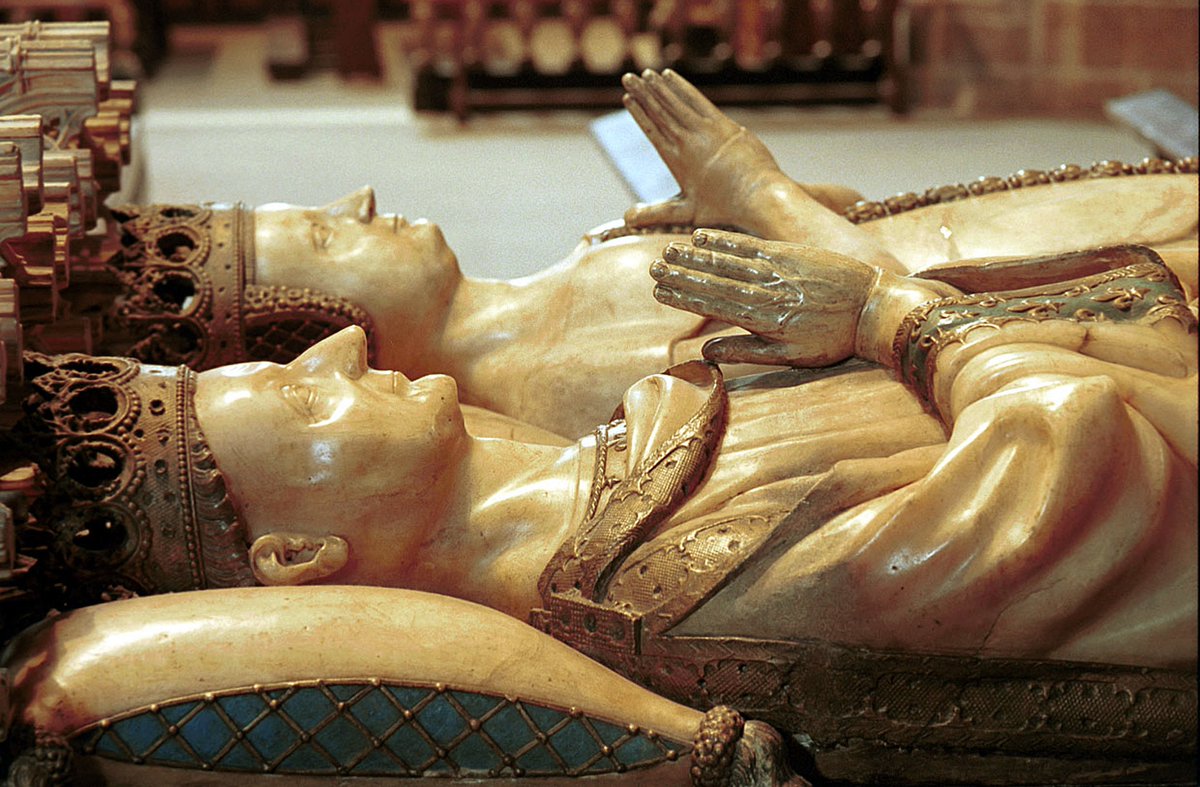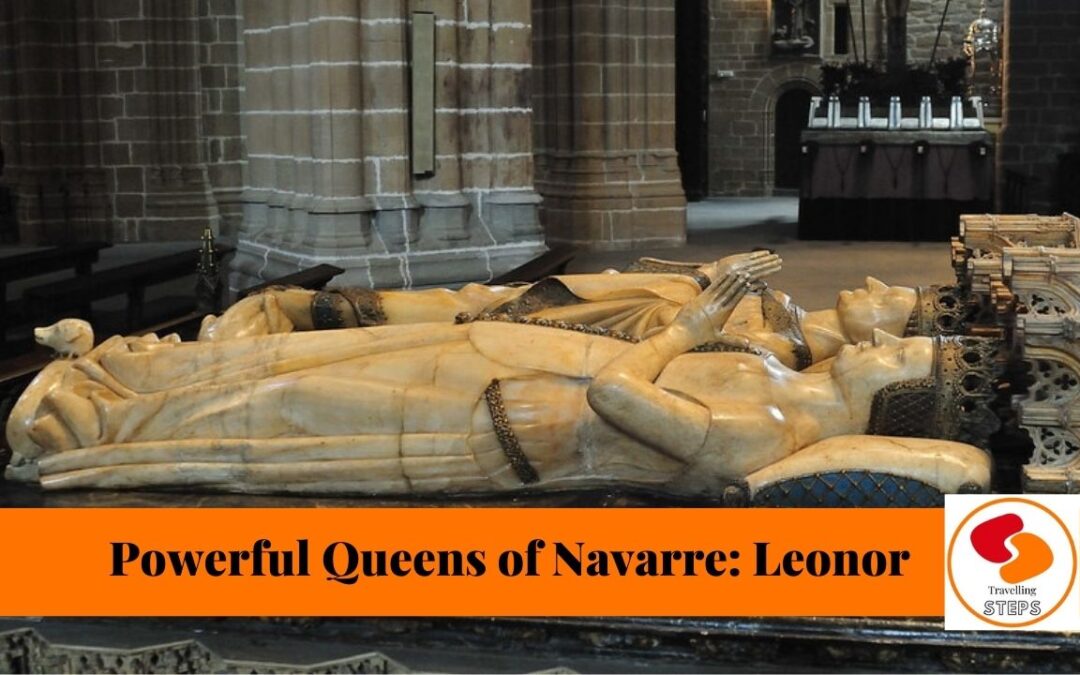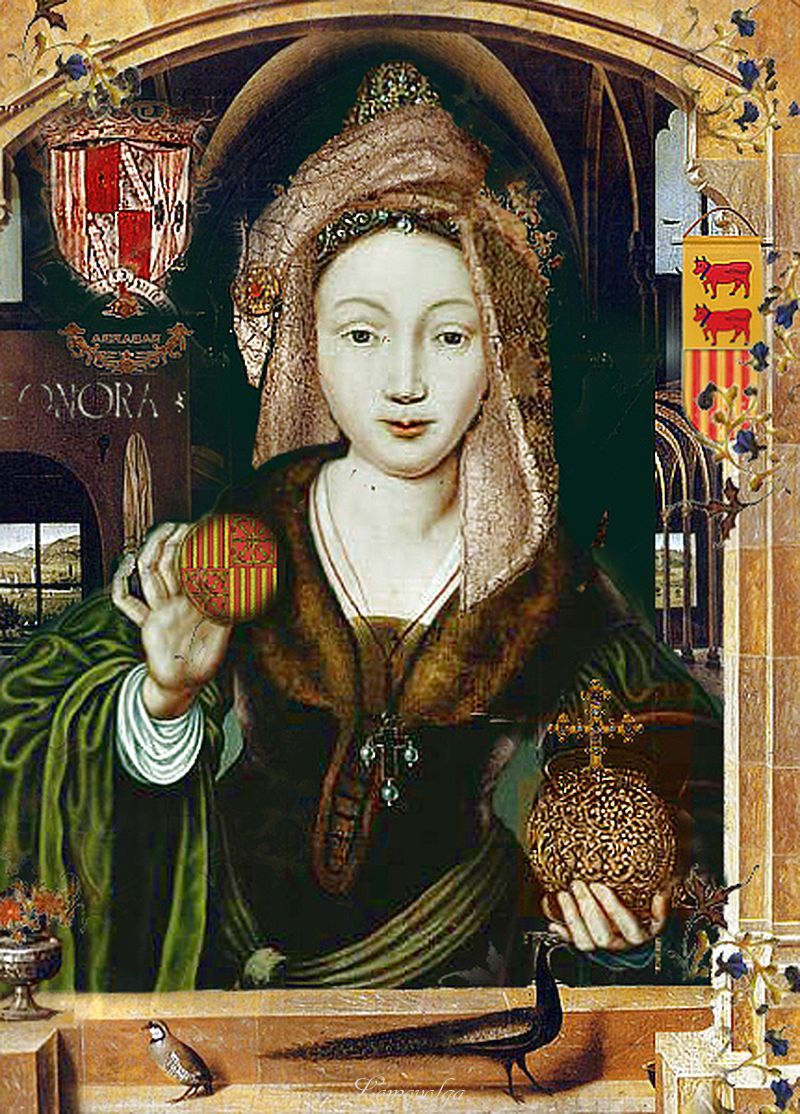Navarre is the region I call home. Situated on the western side of the Pyrenees, the mountain range that separates Spain from France, the Kingdom of Navarre has been a key player in the history of Spain since the Middle Ages. You have to understand that we controlled both sides of the lowest pass in the Pyrenees – if you wanted to trade, invade or just visit the other side, you would have to negotiate with Navarre. Let’s face it, when we say negotiate, we really mean pay for your passage…
In this macho world that we live in today, many cultures still hold the belief that women are inferior to men – inconsequential, second-rate. Even in so-called “civilized” societies the battle for women’s equality is not yet won. In the words of Judje Ruth Bader Ginsburg “Women belong in all places where decisions are made…. It shouldn’t be that women are the exception.”
Yet in the small kingdom of Navarre, since the beginning of time, women have not only had their own identity and freedom, but most importantly – power. Many times, they have had to demonstrate their strength with grace, but not always with mercy.
Let me introduce you to some of these powerful Queens in this series of three articles dedicated to historical figures in Navarra.
Queen LEONOR (1363- 1416)
From the thirteenth century, the Kings of Navarre were almost entirely French born. They would only travel to the kingdom of Navarre to be crowned and inherit their title, before returning to their courts in France.
At the turn of the 15th Century, a great King, Carlos III reigned. He was born in France but was the exception in that he decided to rule Navarre from within. He wanted the Kingdom to have the same luxury and social importance as the French courts. A refined and sybarite man, he pacified the city of Pamplona, restored the Cathedral and ordered the construction of several palaces, including the most famous one “The Royal Palace of Olite“

Queen Leonor and King Carlos III
His wife, Queen Leonor de Trastamara, was a beautiful, well-educated Castilian noble lady. Let’s say that she was unusual for her time! She was known to have a devilish temper and stubborn character and was used to controlling the intrigues of her parents Kingdom, Castile. She expected to do the same in her husband’s new Kingdom of Navarre, but while she wanted power, her husband King Carlos didn’t quite agree with this. He was expecting a beautiful, quiet and compliant wife – big mistake my friend! Leonor was so angry that she returned to her homeland in Castile where she lived for several years.
His wife, queen Leonor , was a beautiful, well-educated Castilian noble lady. Let’s say that she was unusual for her time! She was known to have a devilish temper and stubborn character and was used to controlling the intrigues of their Kingdom of Castile. She expected to do the same in her husband’s new Kingdom of Navarre, but while she wanted power,
her husband King Carlos didn’t quite agree with this. He was expecting a beautiful, quiet and compliant queen – big mistake my friend! Eleanor was so angry that she returned to her homeland in Castile where she lived for several years.
Negotiations were tough. King Carlos, who was very much in love with her, offered her all the tithes and first fruits of the lands of Puente la Reina – a rich and flourishing region on the Camino de Santiago – if she would only return to Navarre. That wasn’t enough for Leonor, she also negotiated control of part of her husband´s army and having achieved what she wanted, she returned to Navarre and lived happily ever after. To make this “love story” even better, she proceeded to give her husband 8 children – have I forgotten to mention that not all of the 8 kids were conceived by the King??
The 16th Century may have been a period of significant change – but no change in the strength of the women of Navarre!
In 1469 Ferdinand (from Aragon) and Isabel (from Castile) were married. With this marriage they unified their Kingdoms and so began the dynasty of Catholic Kings. However, it wasn’t until 1521 that the small kingdom of Navarra was conquered, and what we now know as Spain was created.
What happened in Navarre in that time, will come on the next article.


